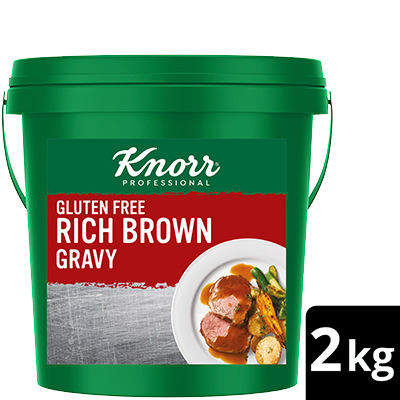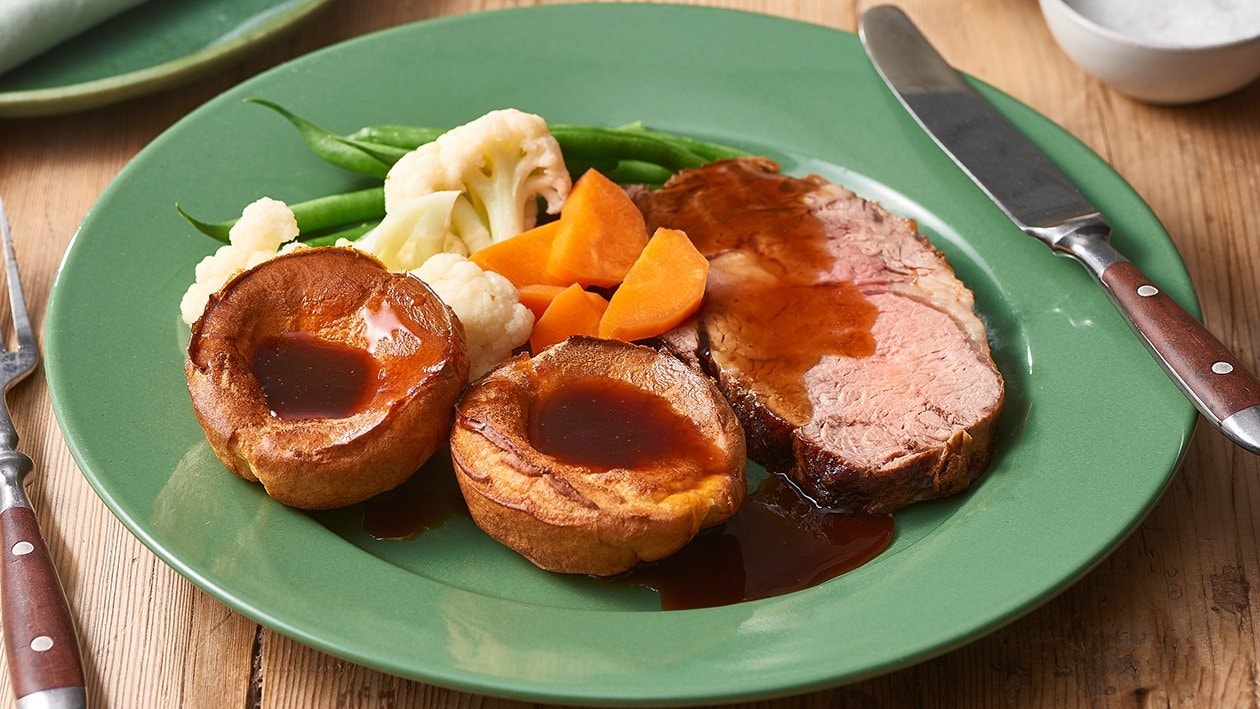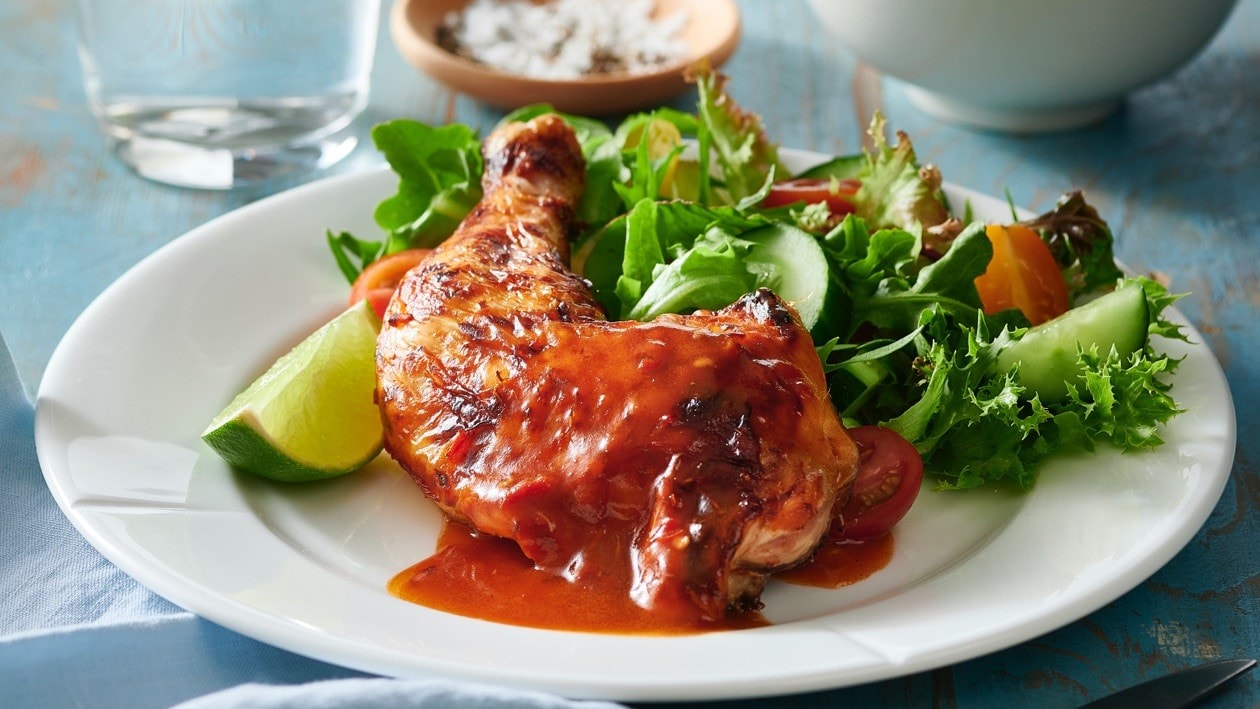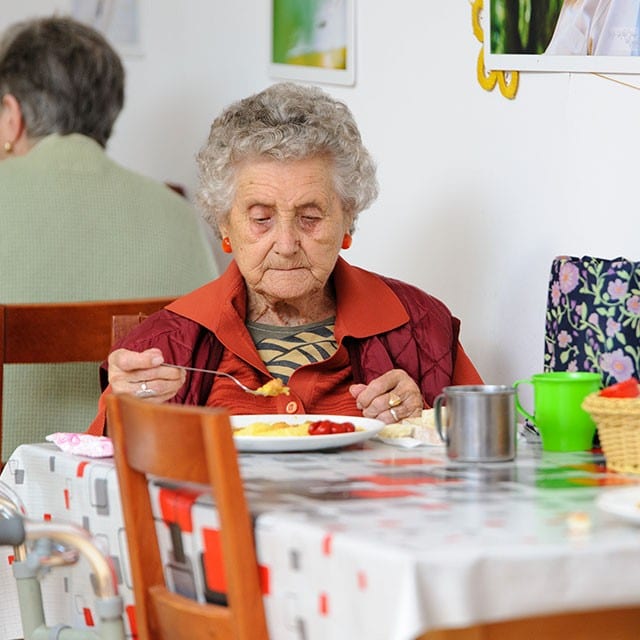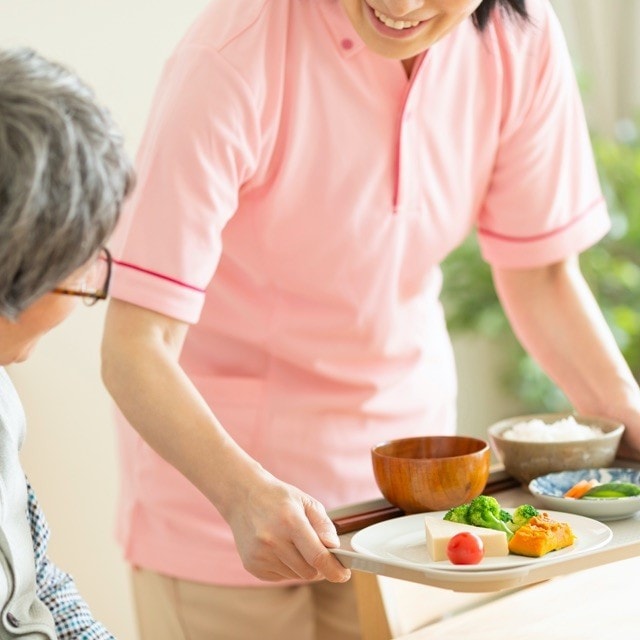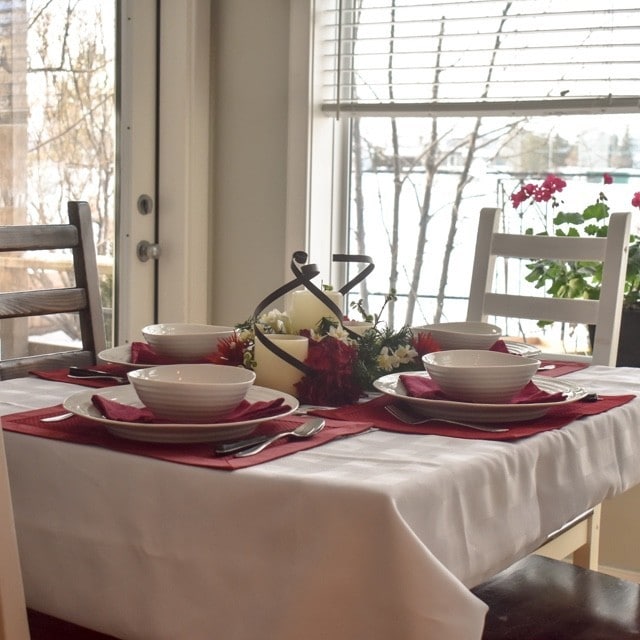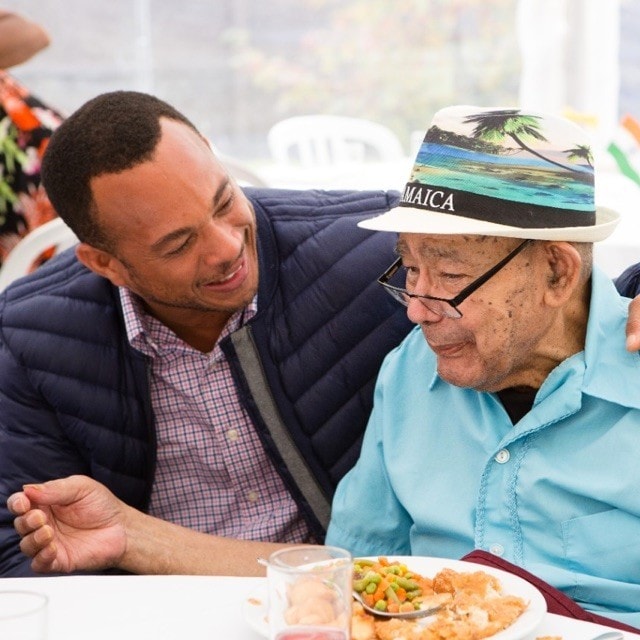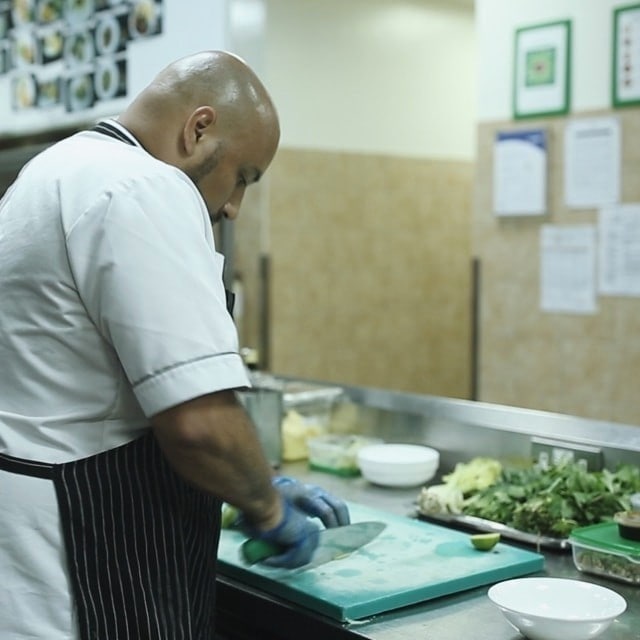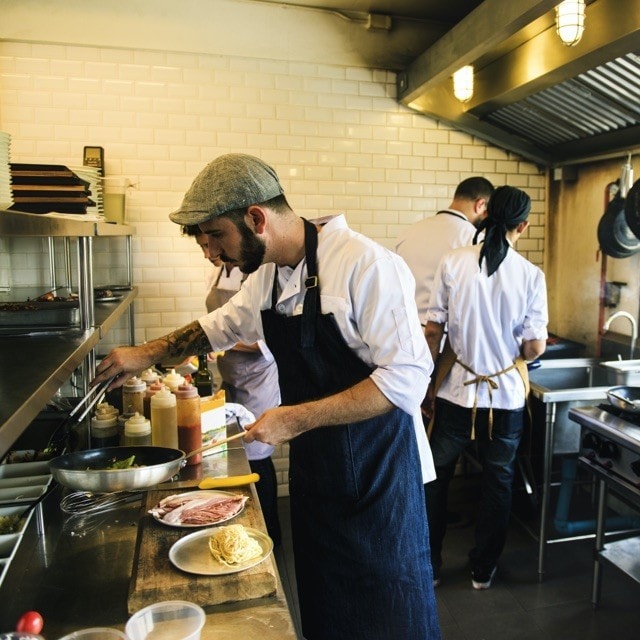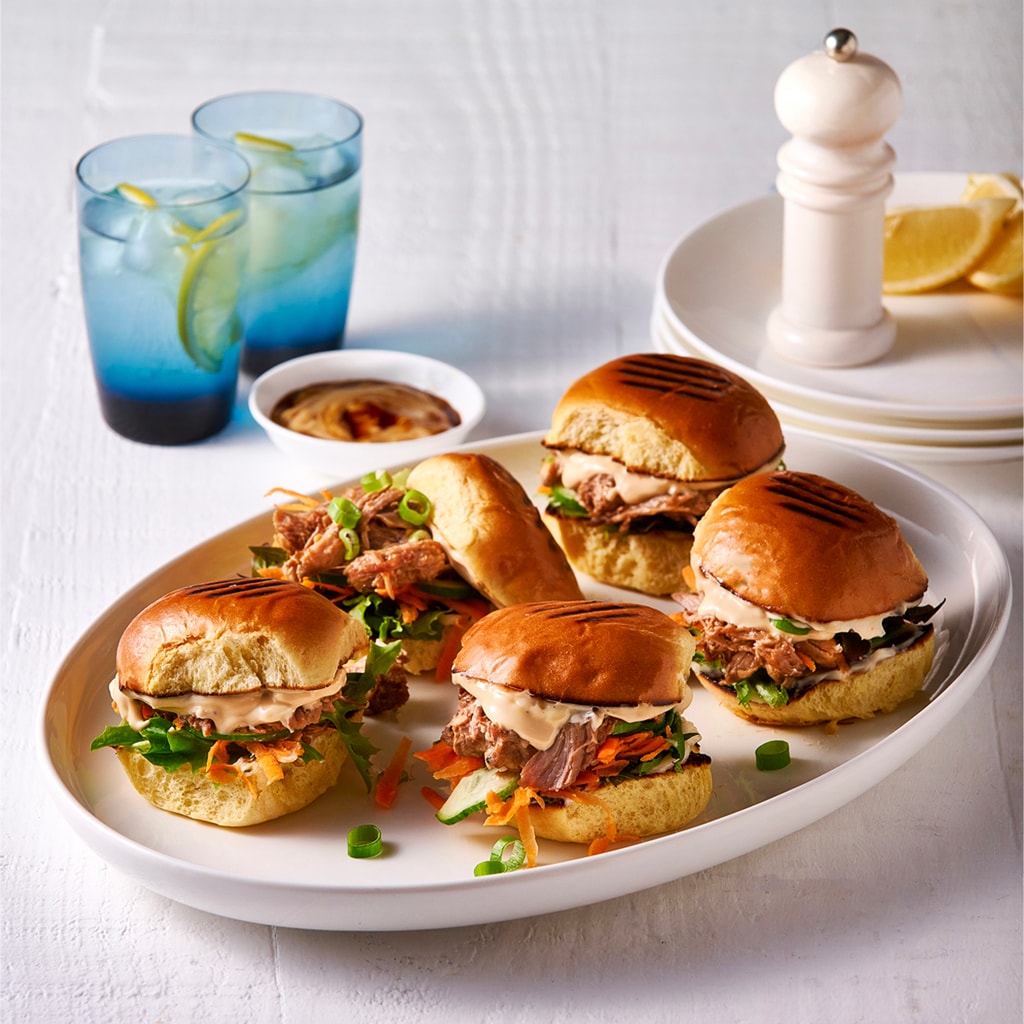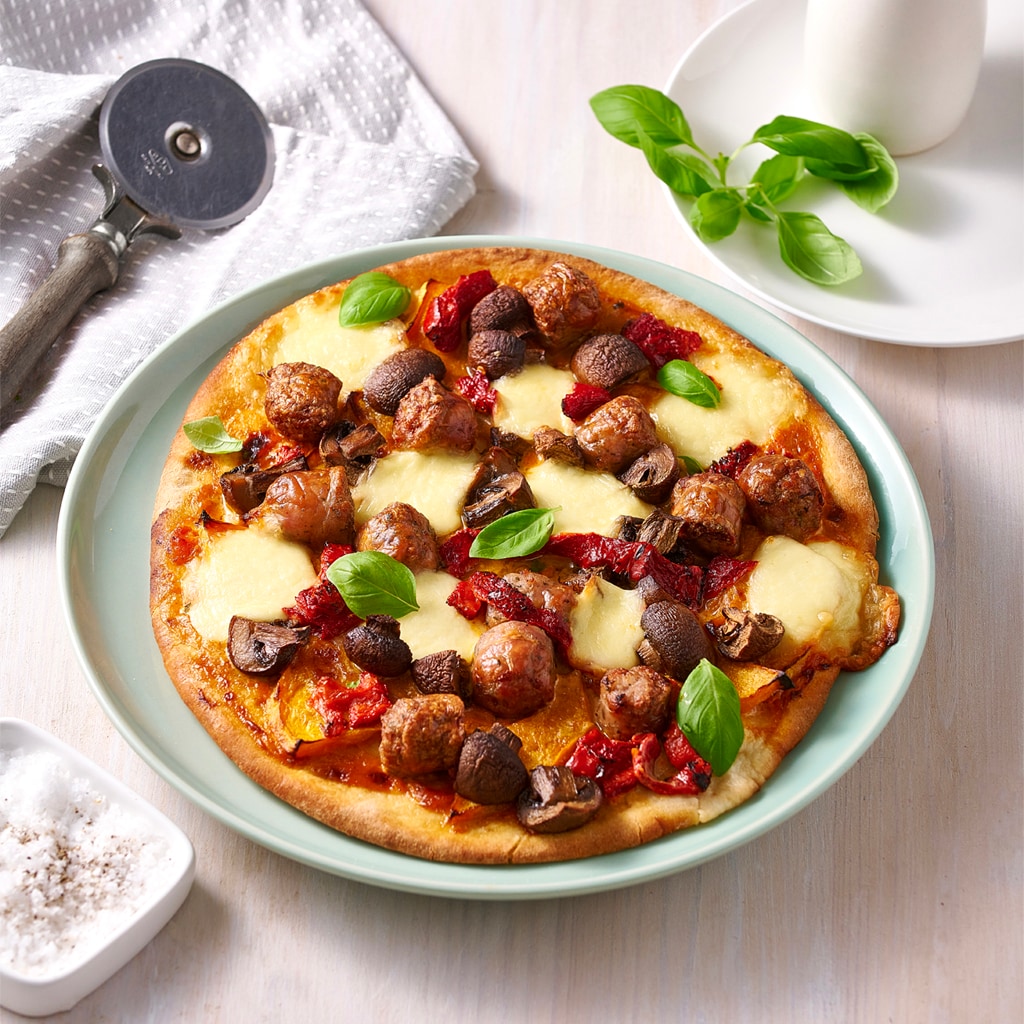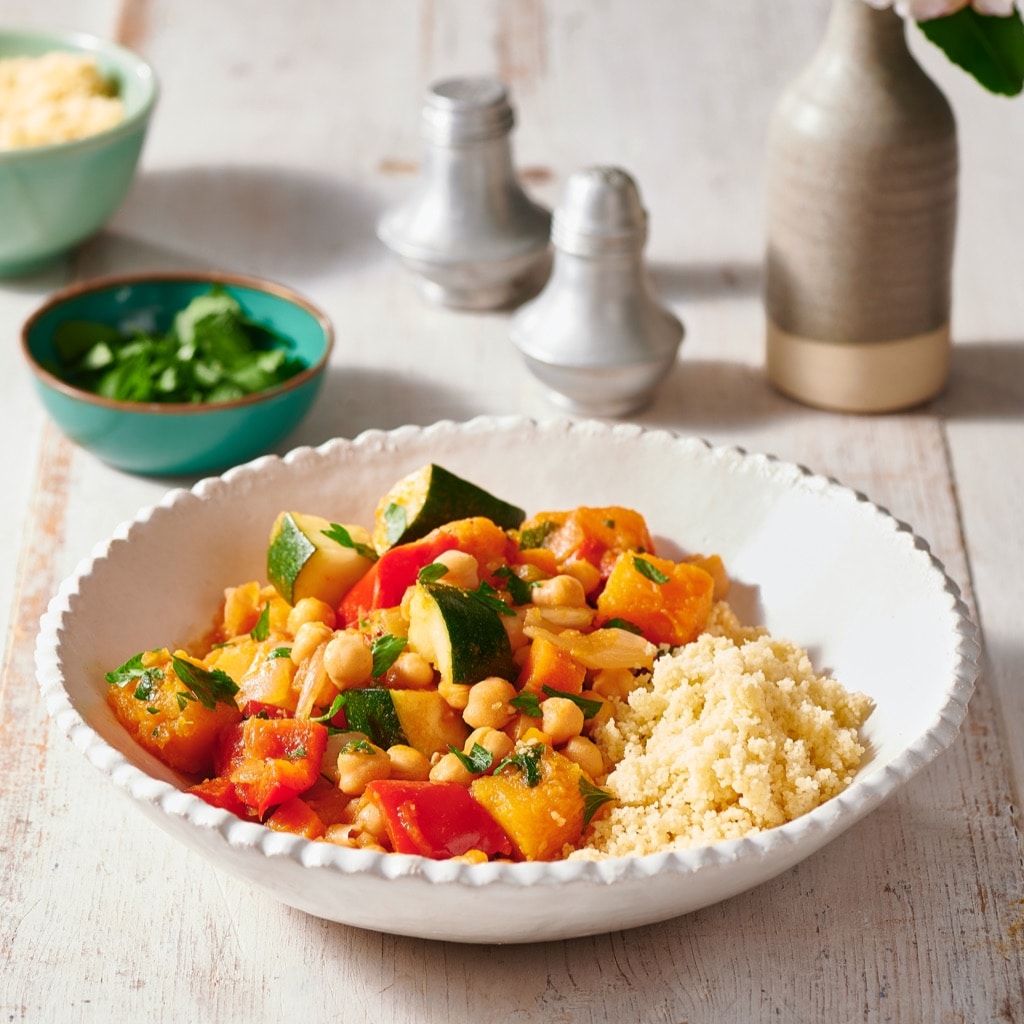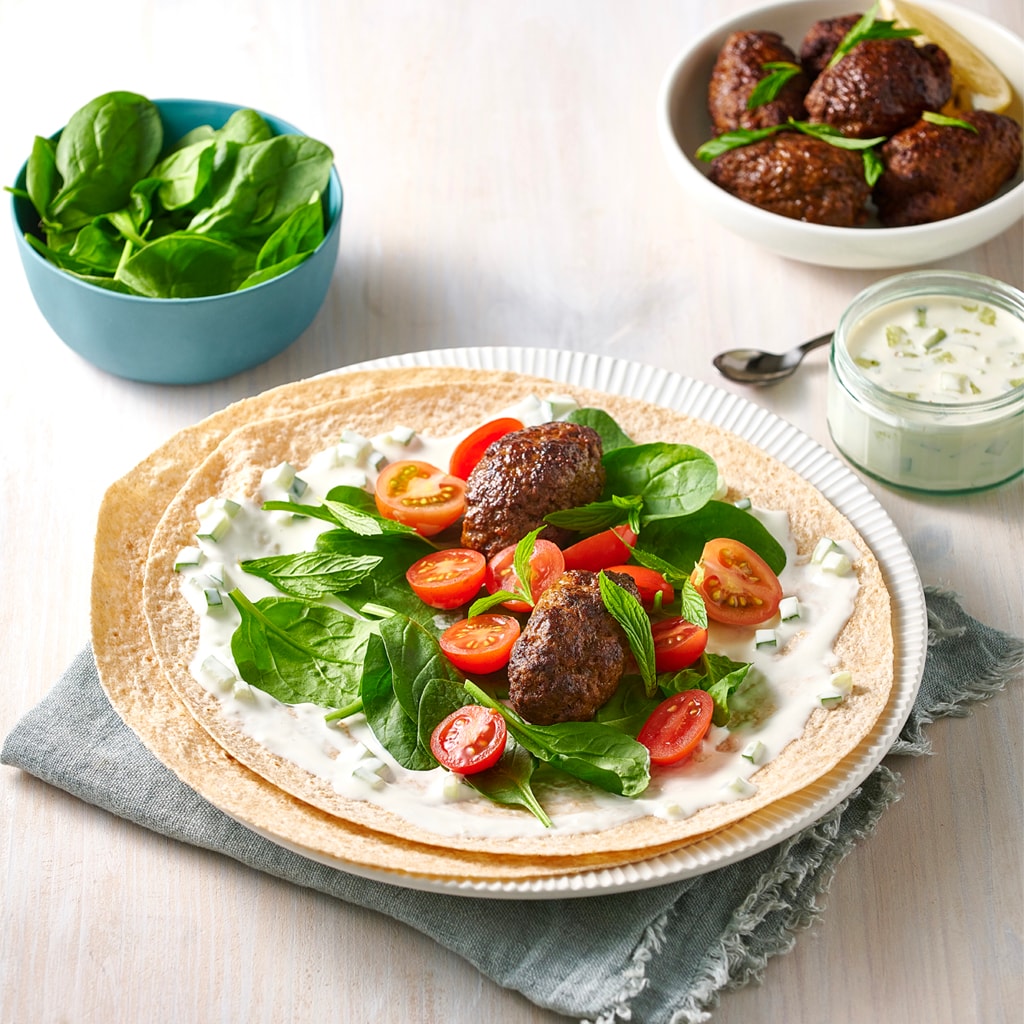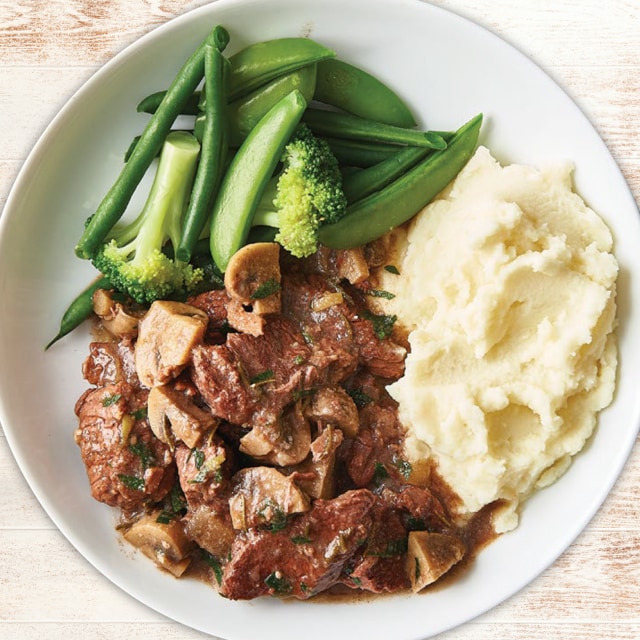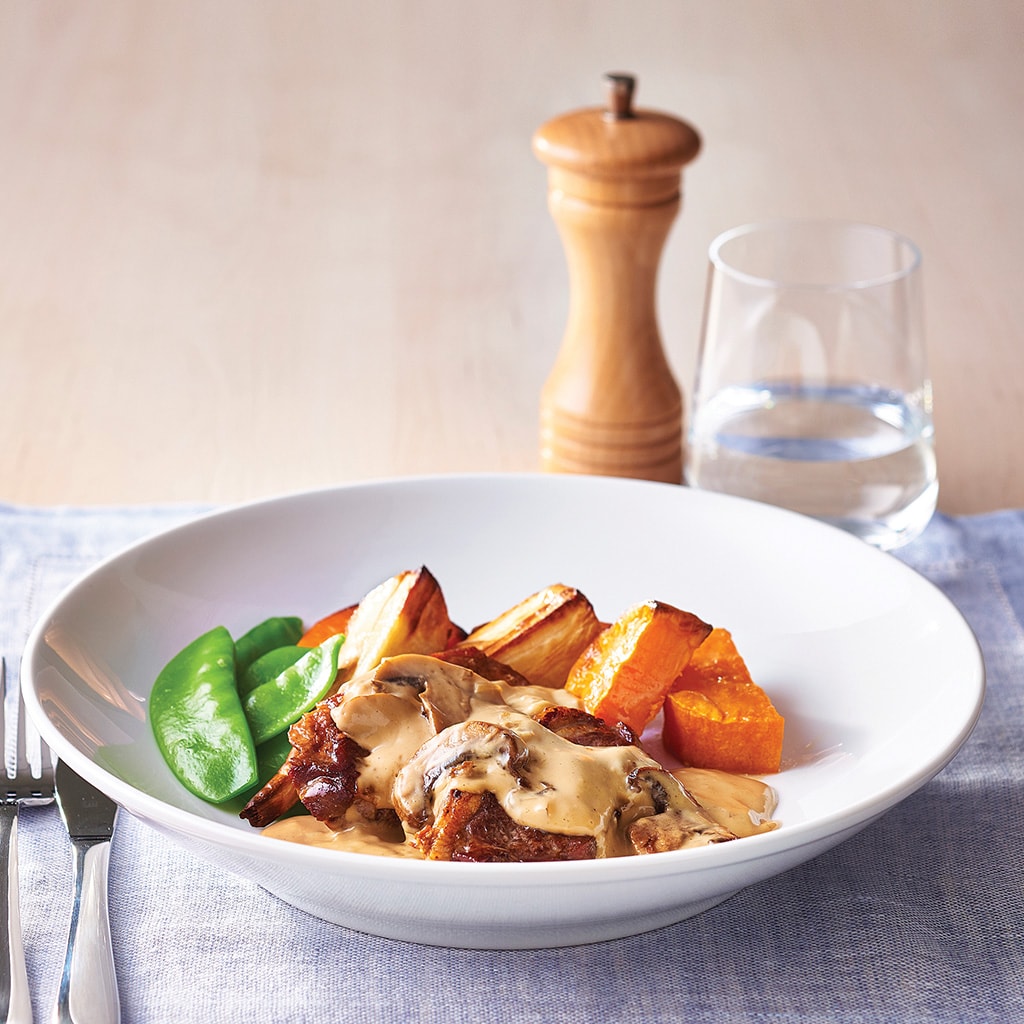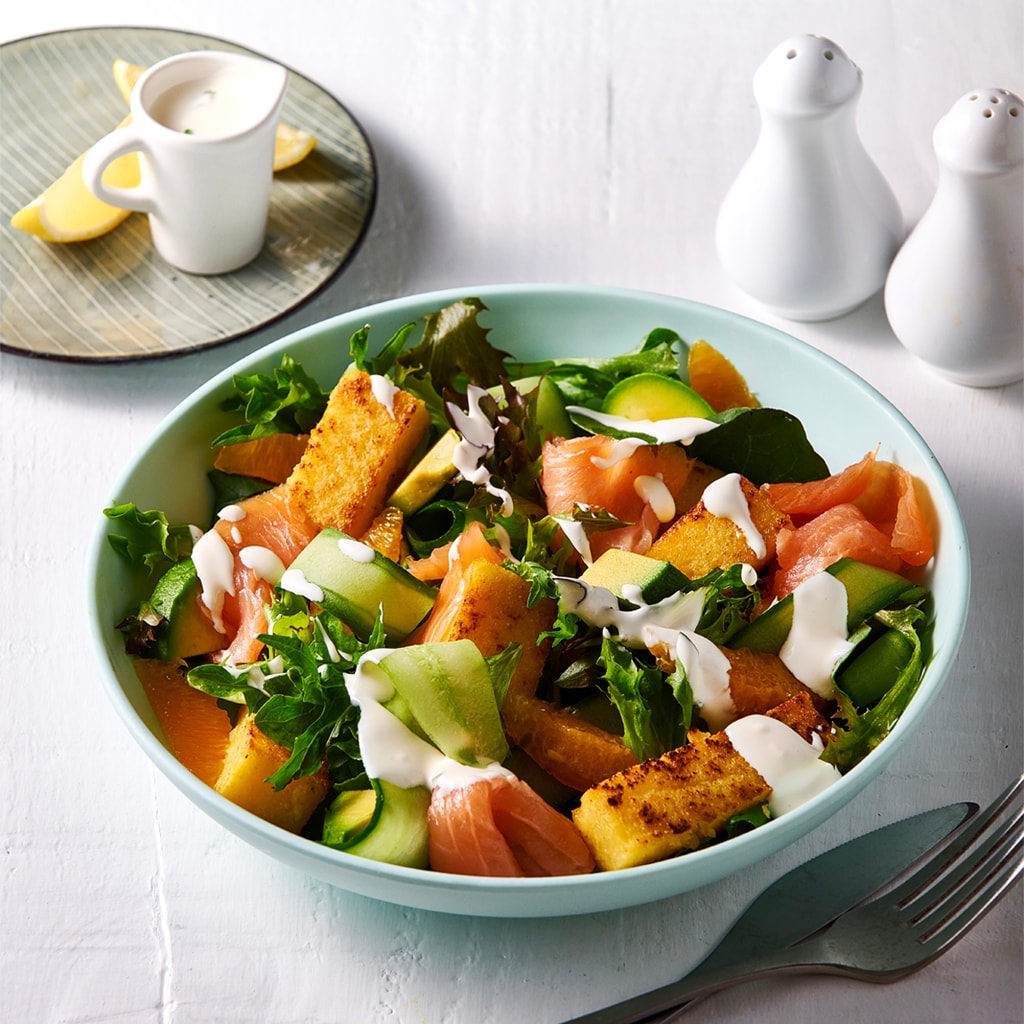Aged Care Re:fresh
Inspiration and resources for aged care
-
![Classic Roast Beef with Yorkshire Pudding]()
Classic Roast Beef with Yorkshire Pudding
A perfect Sunday roast with a touch of nostalgia. This beloved British classic features tender roast beef served with fluffy Yo...
-
![Peri Peri Roast Chicken]()
Peri Peri Roast Chicken
A Portuguese classic, this mild Peri Peri roast chicken is butterflied for easier cooking and matched with a light Peri Peri gr...
-
![KNORR Rich Brown Gravy Gluten Free 2kg]() Order product
Order productKNORR Rich Brown Gravy Gluten Free 2kg
Gluten free gravy with rich, pronounced flavours.
Order Now